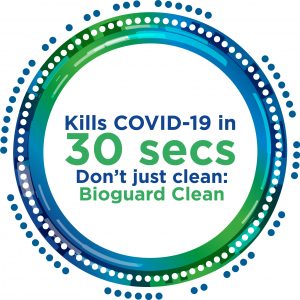Just like fingerprints, the teeth are unique. Simply by looking at the teeth, it is possible to determine a person’s age, gender and ancestral background as well as what type of diet an individual maintains. The teeth can tell us whether a person smokes or not and even provide an insight into an individual’s personality. For instance, a person that grinds their teeth may be highly stressed, anxious, competitive or aggressive.
The health of the mouth can reflect the overall health of the body. Worn down teeth, dry mouth, inflamed gums, bad breath, ulcers and swelling can be a warning sign of systemic disorders such as diabetes, heart disease, respiratory disease and even cancer.[1] A dentist is likely to be the first clinician to notice the physical signs of an eating disorder such as bulimia or anorexia. Certainly, dental erosion is very common in these patients and regurgitating the acidic contents of the stomach can result in loss of tooth structure, as well as change in the colour, shape and length of the teeth.[2] Research suggests that tooth mobility and tooth loss may be linked to osteoporosis,[3] nutritional deficits and even cognitive decline.[4] As well as the effects of disease and aging, the teeth also record traumatic or environmental events. They can have a significant effect on a person’s appearance and also, the way in which they are perceived by others.
It has been said that the teeth are the human equivalent of a peacock’s tail – they serve as an ornament display providing information about developmental history, current disease, health and genetic quality to prospective partners and potential rivals.[5] A smile is a vital factor when it comes to human social interaction and as well as determining the attractiveness of the face, the colour of teeth is an important factor in social perception.[6] Research tells us that any deviation away from normal spacing or the presence of yellowed discolouration can negatively affect rates of attractiveness.5 Moreover, any abnormalities in the colour of the anterior teeth, in particular, can adversely affect how an individual is judged or perceived socially.
First impressions are made in milliseconds and humans search the face making judgements and high-speed decisions about other people. If a negative emotion is shown in the face, a negative impression is made – while a smiling face increases rates of attraction and is attributed to greater degrees of sincerity, sociability and competence.[7] Straight, white teeth are seen as a sign of good health, status and wellbeing, and offer positive psychological and social benefits.6,[8] Discoloured teeth, however, are aligned with poorer ratings of social competence, intellectual ability, psychological adjustment and relationship status.6 Furthermore, if an individual is self-conscious about the condition of their teeth, it can cause considerable embarrassment, psychological distress and negative emotions – feelings that can significantly affect the ability of an individual to participate and interact fully in society.[9]
 Tooth discolouration is a concern for a large number of patients and a study conducted in February 2020 revealed that quite a significant number of British adults have or would consider having their teeth whitened.[10] This is possibly why the global tooth whitening market is poised to grow by $840.38 million between 2020 and 2024.[11] The so called ‘Hollywood Smile’ is indeed a highly desirable status symbol and dental professionals are able to provide safe and effective whitening treatments. However, one should never underestimate the necessity or the efficacy of a good daily oral hygiene routine.
Tooth discolouration is a concern for a large number of patients and a study conducted in February 2020 revealed that quite a significant number of British adults have or would consider having their teeth whitened.[10] This is possibly why the global tooth whitening market is poised to grow by $840.38 million between 2020 and 2024.[11] The so called ‘Hollywood Smile’ is indeed a highly desirable status symbol and dental professionals are able to provide safe and effective whitening treatments. However, one should never underestimate the necessity or the efficacy of a good daily oral hygiene routine.
What a lot of patients do not realise is that the most common cause of tooth discolouration is not substances like red wine, tea or coffee, but inadequate cleaning.[12] Therefore, working with patients to develop a consistently effective oral hygiene routine is the best way for them to achieve a bright white smile that they can maintain for the long term. Patients should be encouraged to floss the teeth daily and brush twice a day with a fluoride toothpaste such as Arm & Hammer TM Advance WhiteTM. This carefully formulated toothpaste is low-abrasive, contains baking soda for an exceptionally deep clean and is clinically proven to provide significantly greater plaque removal efficacy than non-baking soda toothpastes.[13] Arm & Hammer TM Advance WhiteTM with Micropolisher TechnologyTM is the secret to long-lasting whiteness, as it leaves the teeth up to 3 shades whiter with twice daily brushing, whilst forming a protective shield on the surface of the teeth to prevent further staining.
A clinically proven whitening toothpaste used as part of the daily oral hygiene routine is convenient, effective and motivational. It can encourage patients to maintain good habits that have the potential to enhance both their oral and general health. In addition, helping patients to eliminate the inhibitions associated with discoloured teeth can provide a considerable boost to their quality of life and well-being.
For more information about the carefully formulated Arm & Hammer™ toothpaste range, please visit http://www.armandhammer.co.uk/
or email: ukenquiries@churchdwight.com
Arm & Hammer™ oral healthcare products are available at Boots, Superdrug, Sainsbury’s, Tesco, Asda and Morrisons throughout the UK.
Author: Maxwell O’Neill, professional educator for Waterpik
[1] FDI World Dental Federation. World Oral Health Day 2018. http://www.worldoralhealthday.org/sites/default/files/assets/2018_WOHD-brochure-EN.pdf [Accessed 11th August 2020]
[2] National Eating Disorders Association. NEDA Dental Complications of eating disorders. https://www.nationaleatingdisorders.org/dental-complications-eating-disorders [Accessed 11th August 2020]
[3] Oral health and bone disease. NIH Osteoporosis and Related Bone Diseases National Resource Center. https://www.bones.nih.gov/health-info/bone/bone-health/oral-health/oral-health-and-bone-disease [Accessed 11th August 2020]
[4] Kossioni A. E. The Association of Poor Oral Health Parameters with Malnutrition in Older Adults: A Review Considering the Potential Implications for Cognitive Impairment. Nutrients. 2018 Nov 8;10(11):1709. https://www.ncbi.nlm.nih.gov/pmc/articles/PMC6266396/#:~:text=Several%20studies%20in%20older%20populations,intake%20of%20fibre%20and%20vitamins. [Accessed 11th August 2020]
[5] Hendrie C.A. et al. Evidence to Suggest That Teeth Act as Human Ornament Displays Signalling Mate Quality. PLoS ONE 2012; 7(7): e42178. https://journals.plos.org/plosone/article?id=10.1371%2Fjournal.pone.0042178 [Accessed 11th August 2020]
[6] Kershaw S. et al. The influence of tooth colour on the perceptions of personal characteristics among female dental patients: comparisons of unmodified, decayed and ‘whitened’ teeth. British Dental Journal. 2008. 204, E9 https://www.nature.com/bdj/journal/v204/n5/full/bdj.2008.134.html [Accessed 11th August 2020]
[7] Reis H et al. What is smiling is beautiful and good. European Journal of Social Psychology. Volume 20, Issue 3 1990 259–267 http://onlinelibrary.wiley.com/doi/10.1002/ejsp.2420200307/abstract [Accessed 11th August 2020]
[8] Whiter teeth can lead to greater success in work and love. P&G News 2007. http://news.pg.com/press-release/pg-corporate-announcements/new-study-shows-whiter-teeth-can-lead-greater-success-work- [Accessed 11th August 2020]
[9] Ibiyemi O. et al. Psychosical aspect of anterior tooth discolouration among adolescents in Igbo-Ora, South Western Nigeria. Ann Ib Postgrad Med. 2011 Dec. 9(2): 94–99. https://www.ncbi.nlm.nih.gov/pmc/articles/PMC4111029/ [Accessed 11th August 2020]
[10] Statistica. Health & Pharmaceuticals, State of Health. Attitudes towards teeth whitening in Great Britain in 2020, by age. Published by Conor Stewart, July 2020. https://www.statista.com/statistics/1132103/opinion-on-teeth-whitening-in-great-britain-by-age/#statisticContainer [Accessed 11th August 2020]
[11] Businesswire. News, March 13th 2020. Technavio Research. Global Teeth Whitening Market 2020-2024. https://www.businesswire.com/news/home/20200313005100/en/Global-Teeth-Whitening-Market-2020-2024-Evolving-Opportunities [Accessed 11th August 2020]
[12] Kadam A. et al. Drug Induced Tooth Discolouration. The Internet Journal of Dental Science. 2008; 7 (2). ispub.com/IJDS/7/2/10979 [Accessed 11th August 2020]
[13] Putt M. et al. Enhancement of plaque removal efficacy by tooth brushing with baking soda dentifrices: results of five clinical studies. J Clin Dent. 2008;19(4):111-119. https://pubmed.ncbi.nlm.nih.gov/19278079/ [Accessed 11th August 2020]



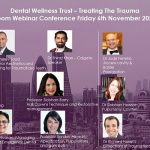

 Tooth discolouration is a concern for a large number of patients and a study conducted in February 2020 revealed that quite a significant number of British adults have or would consider having their teeth whitened.
Tooth discolouration is a concern for a large number of patients and a study conducted in February 2020 revealed that quite a significant number of British adults have or would consider having their teeth whitened.
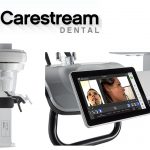
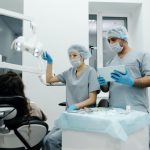

 But now Halloween has rolled around – many won’t miss the opportunity to point out how 2020 has been like one long horror movie that isn’t over yet – and whether you love it or hate it, there is a strong argument that it is the first time to party in a party season that will run until December 31st. So, if we want to be heard, our oral health messages need to be put in context of the bigger picture.
But now Halloween has rolled around – many won’t miss the opportunity to point out how 2020 has been like one long horror movie that isn’t over yet – and whether you love it or hate it, there is a strong argument that it is the first time to party in a party season that will run until December 31st. So, if we want to be heard, our oral health messages need to be put in context of the bigger picture.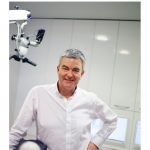

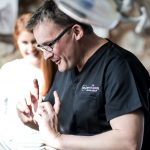
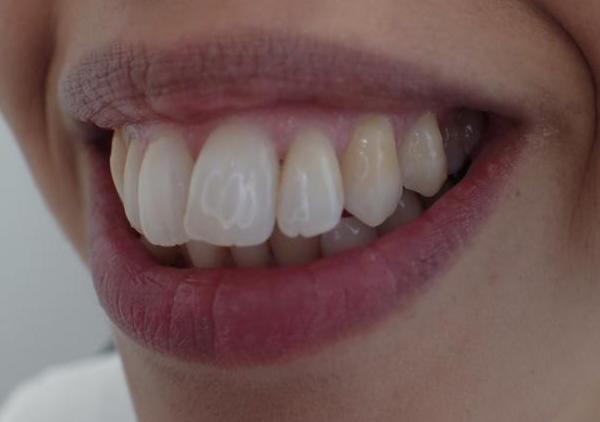
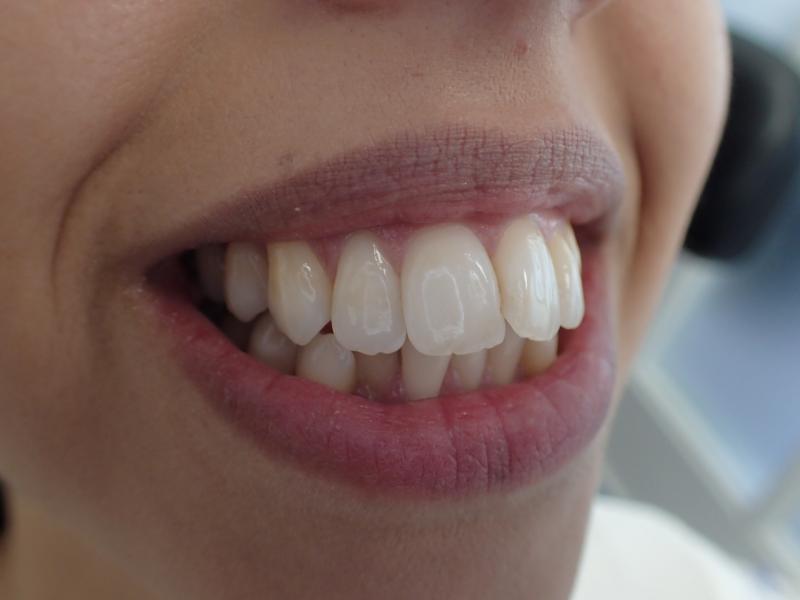
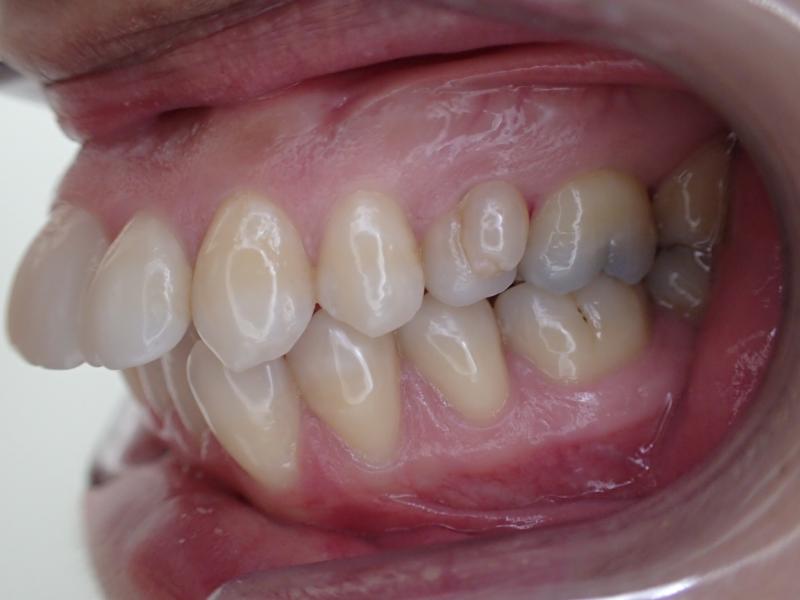
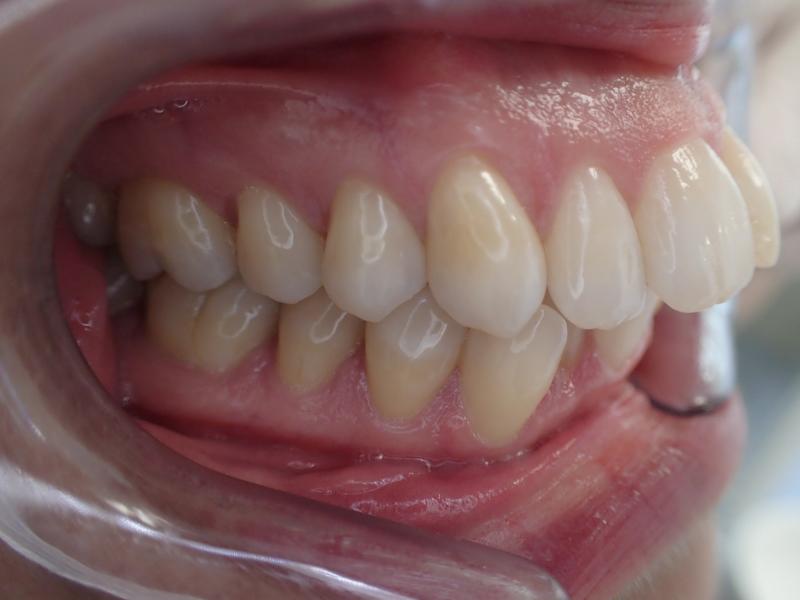
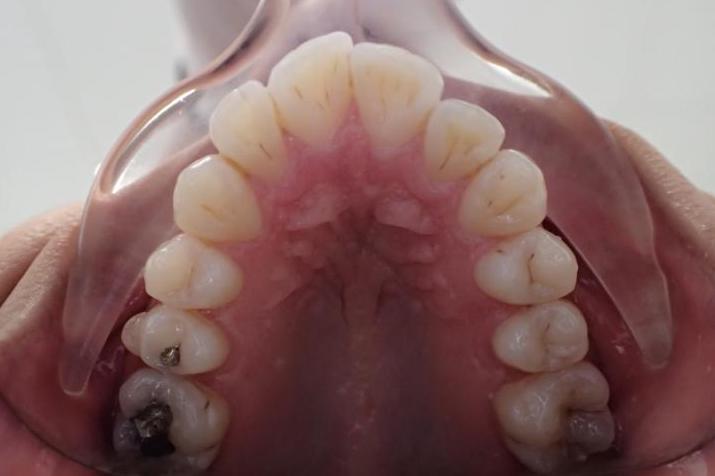
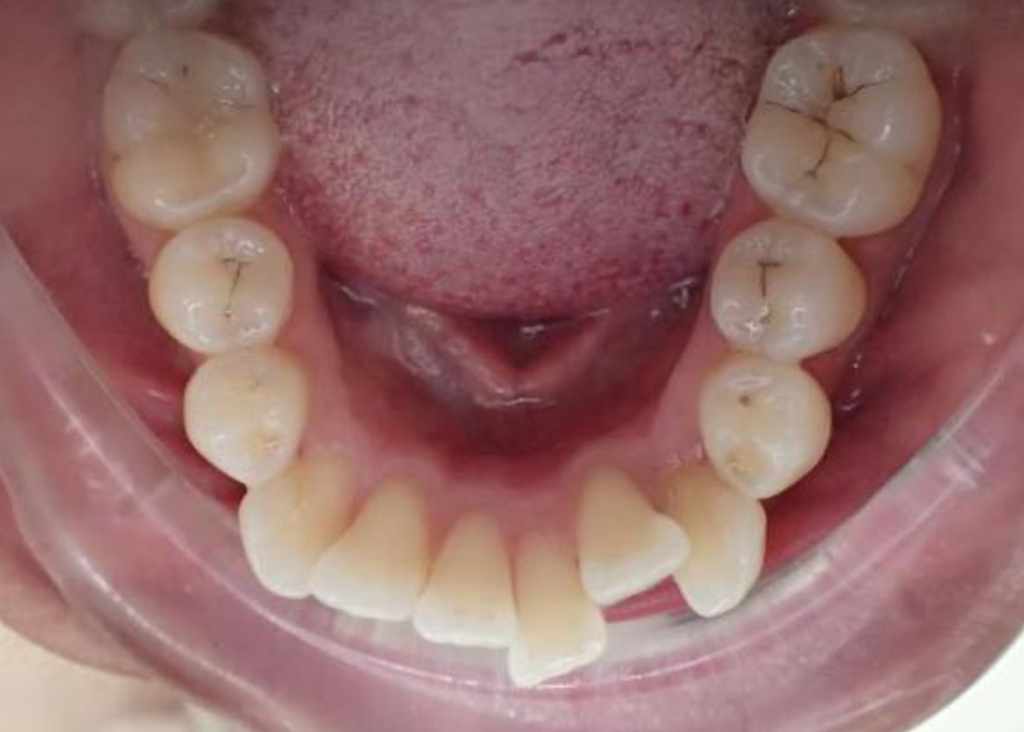
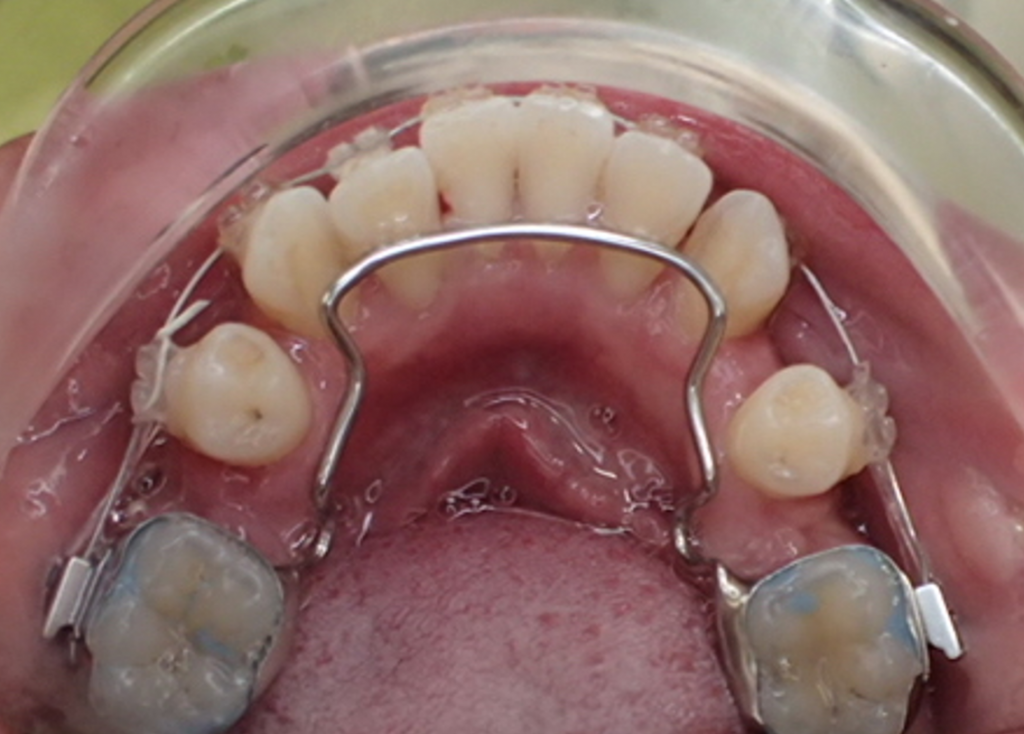
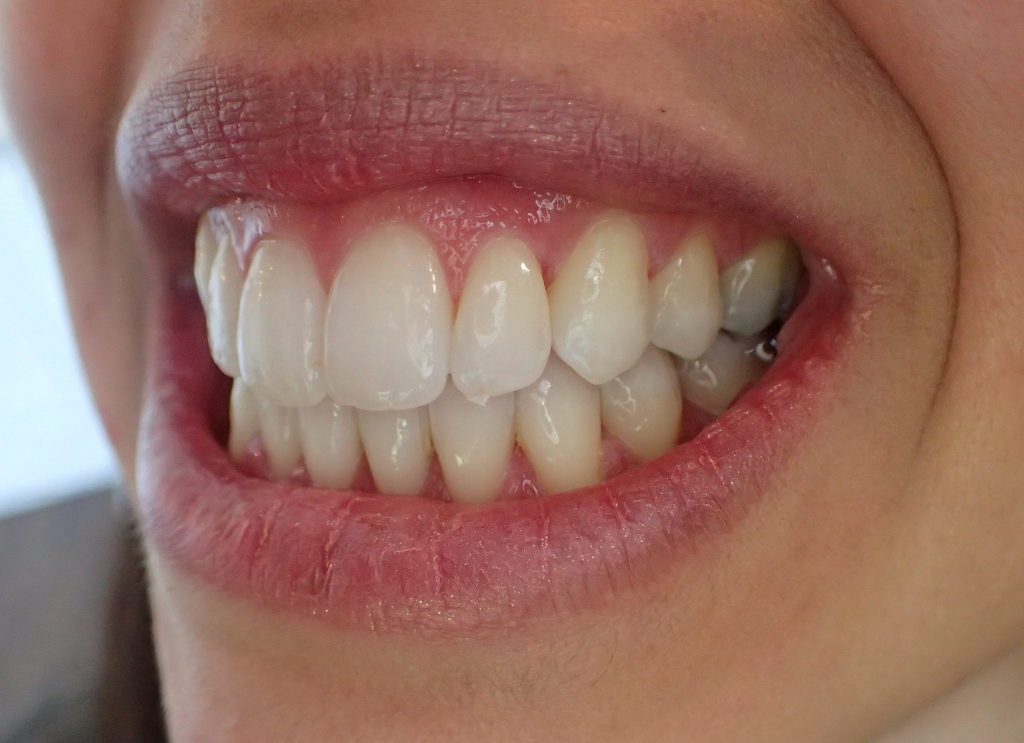
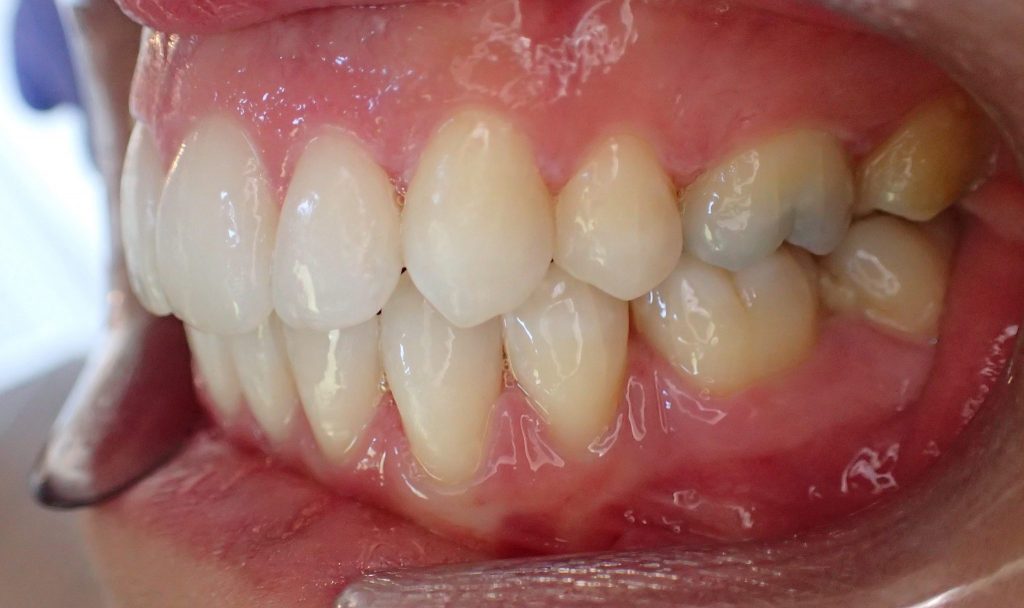
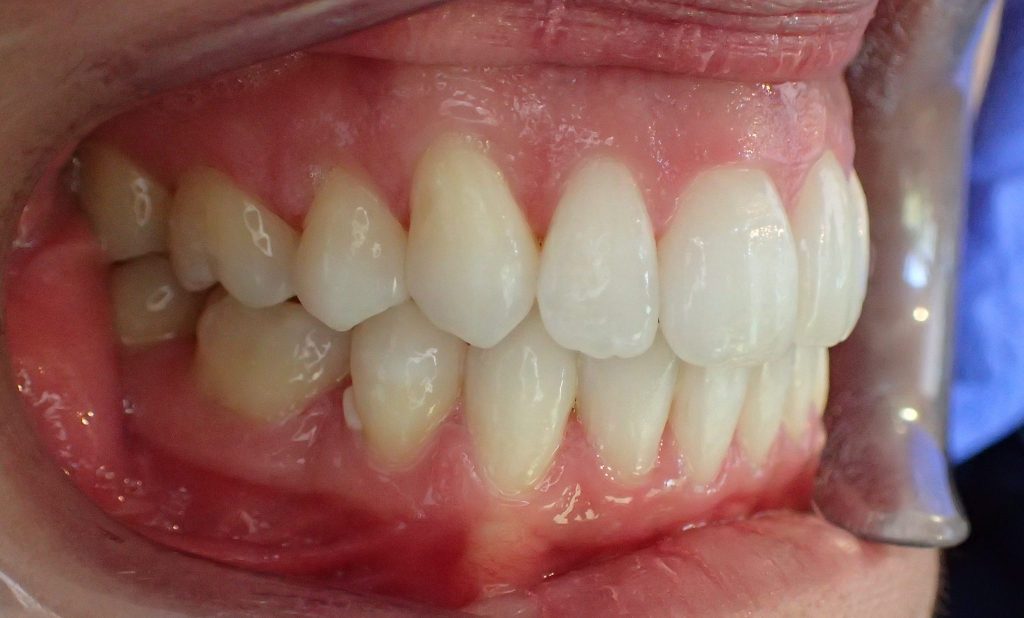
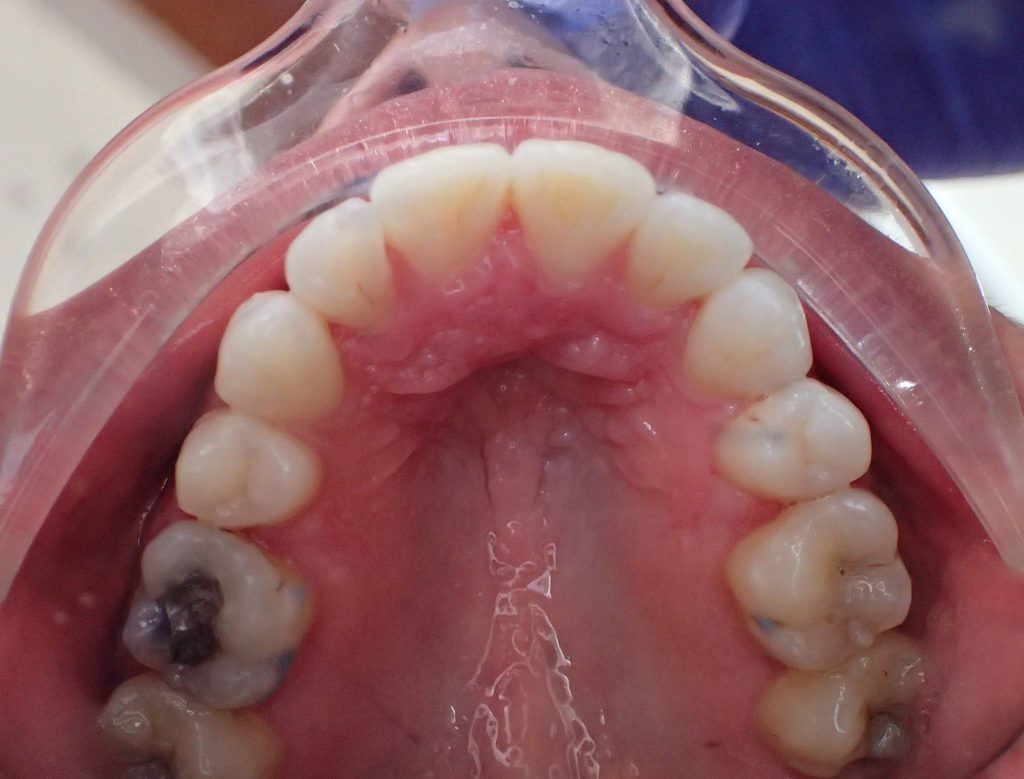
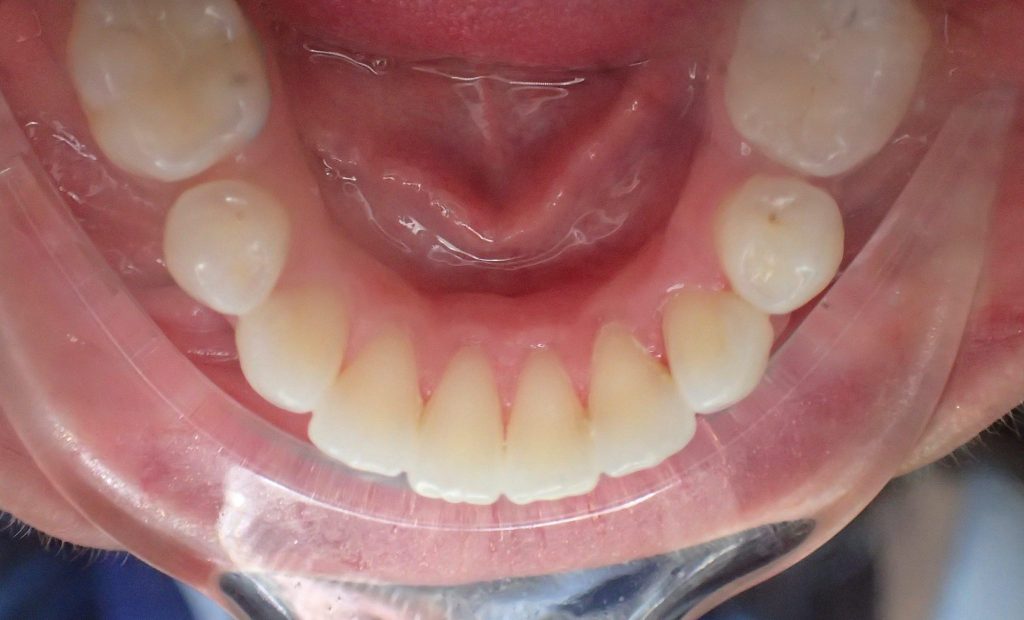

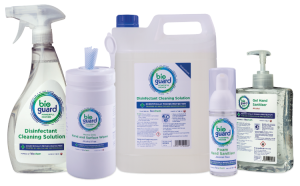 They are designed to be easy to use for any member of the team and have been developed to minimise risk of skin irritation.
They are designed to be easy to use for any member of the team and have been developed to minimise risk of skin irritation.